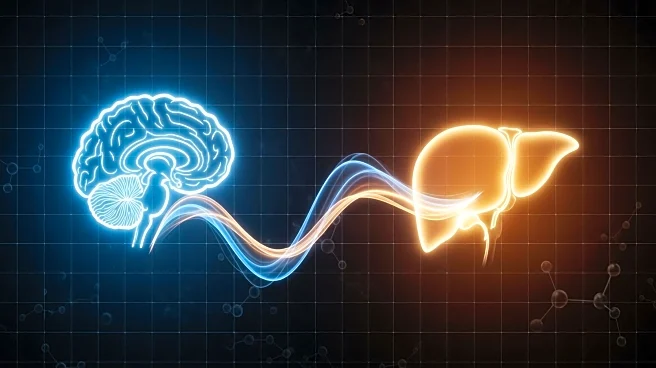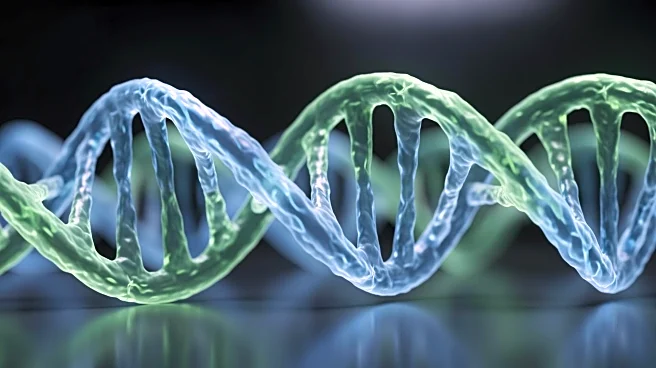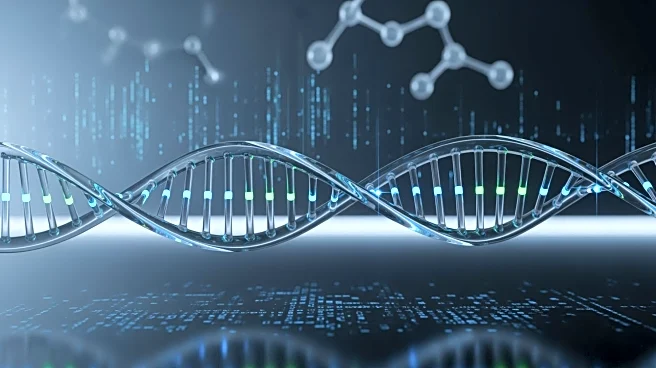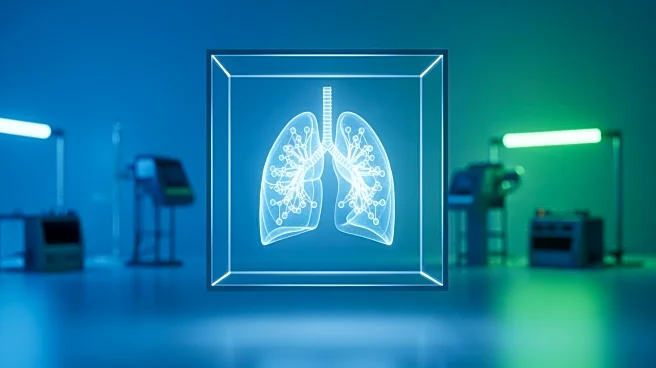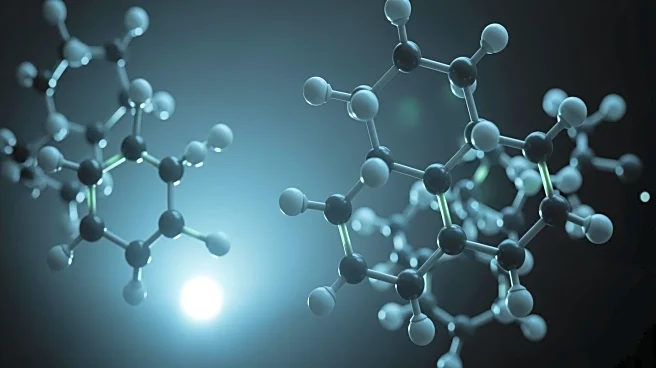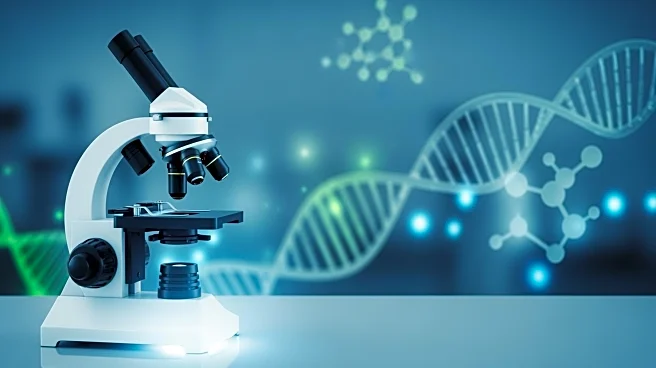What's Happening?
Recent research has highlighted the significance of the brain-to-liver glucose ratio (B2LR) as a prognostic tool for patients undergoing chimeric antigen receptor T-cell (CAR-T) therapy for non-Hodgkin
lymphoma (NHL). The study involved 157 patients with various types of NHL, including diffuse large B-cell lymphoma (DLBCL) and mantle cell lymphoma (MCL). The B2LR is calculated using 18F-fluoro-2-deoxy-D-glucose (18F-FDG) PET/CT scans, which measure glucose uptake in the brain compared to the liver. A B2LR of less than or equal to 2.5 was found to correlate with poorer progression-free survival (PFS) and overall survival (OS) outcomes. The research suggests that B2LR can serve as an independent predictor of early disease progression and poor prognosis, complementing other established risk factors.
Why It's Important?
The identification of B2LR as a prognostic indicator is crucial for improving the management of NHL patients undergoing CAR-T therapy. By providing a simple and effective method to predict treatment outcomes, healthcare providers can better stratify patients based on their risk of early progression. This can lead to more personalized treatment plans and potentially improve survival rates. The study's findings are particularly relevant as CAR-T therapy becomes more widely used in treating lymphoma, offering a valuable tool for clinicians to optimize therapeutic strategies and enhance patient care.
What's Next?
The study suggests further exploration into the use of B2LR as a standard prognostic tool in clinical settings. As CAR-T therapy continues to evolve, integrating B2LR into routine pre-treatment assessments could become a norm, aiding in the identification of patients who may require alternative or additional therapeutic interventions. Future research may focus on refining the B2LR measurement techniques and validating its predictive power across larger and more diverse patient populations.
Beyond the Headlines
The use of B2LR as a prognostic tool underscores the growing importance of imaging biomarkers in cancer treatment. This approach aligns with the broader trend towards precision medicine, where treatments are tailored based on individual patient characteristics. The study also highlights the potential for PET/CT imaging to provide critical insights into tumor biology and treatment response, paving the way for more targeted and effective cancer therapies.
